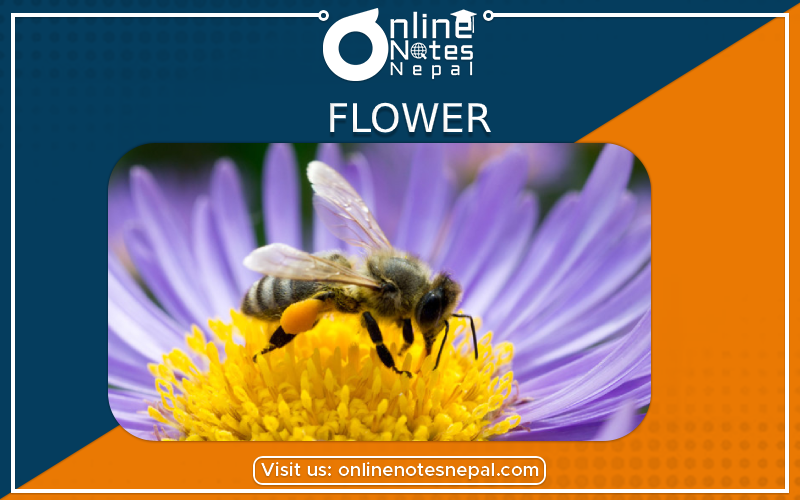Published by: Nuru
Published date: 06 Jul 2021

A flower is the reproductive part of the plant. Flowers are bisexual but some flowers are unisexual. It contains calyx, corolla, androecium, & gynoecium.
The flower is the reproductive part of the plant. Usually, flowers are bisexual but some flowers are unisexual too. It usually contains calyx, corolla, androecium, and gynoecium.

The process of transfer of pollen grains from another to the stigma of flowers is called pollination.
There are two types of pollination, they are:
The process of transfer of pollen grains from the anther to the stigma of the same flower or different of the same plant is called self-pollination.
Mostly, bisexual flowers have self-pollination. External agents aren’t required for it. It doesn’t bring variation in offspring.

The process of transfer of pollen grains from the anther of a flower to the stigma of another of the different plants of the same species is called cross-pollination.
Mostly, unisexual flowers have cross-pollination. External agents are required for cross-pollination. It brings variation in offspring.
